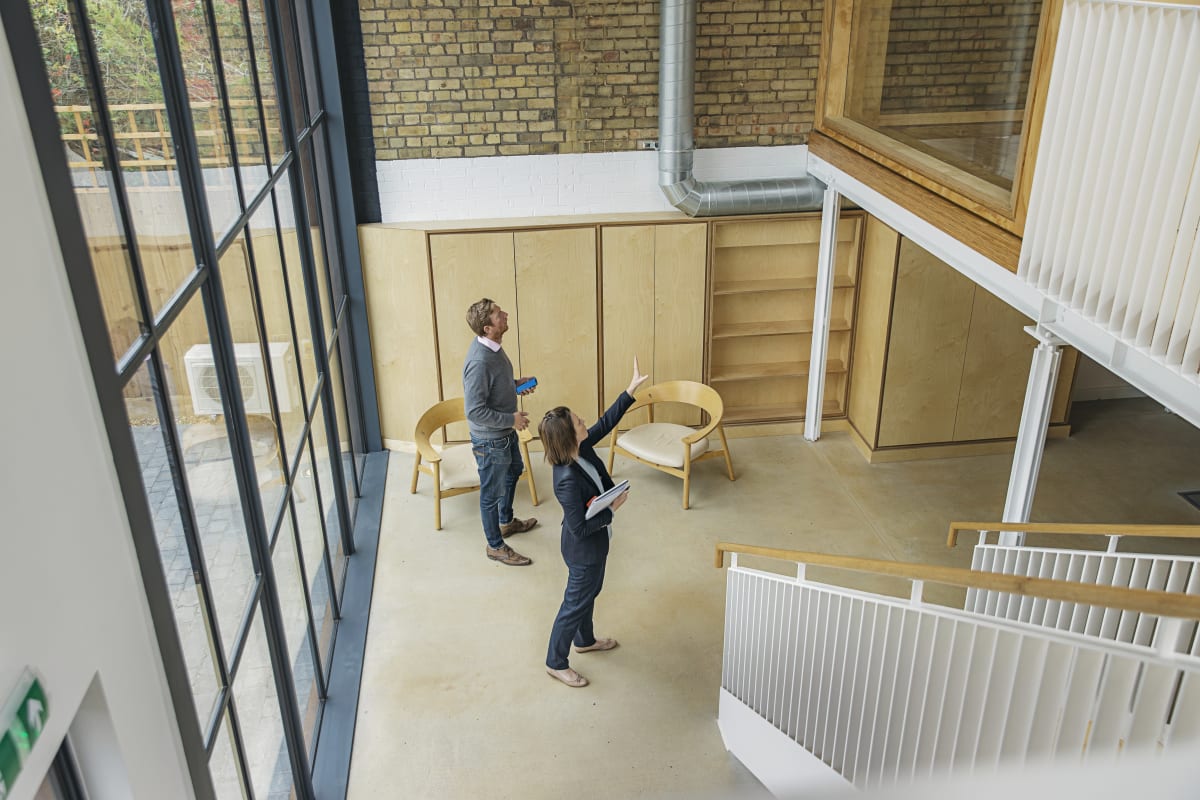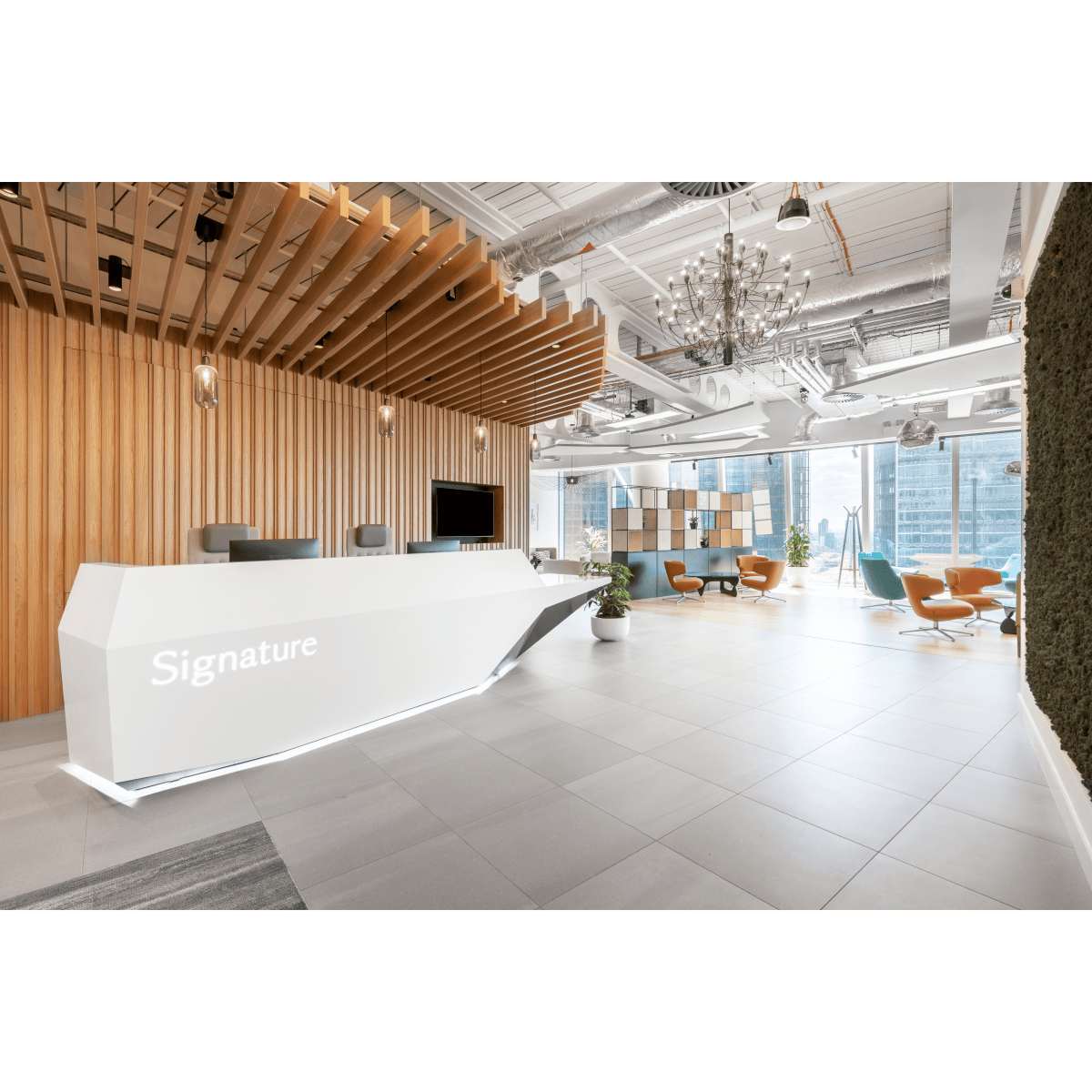Recent research from IWG and Arup examined the impact of hybrid working on suburbs, towns and villages. Revealing that hybrid work is not only improving work-life balance but rejuvenating local economies, here we explore why investing in flexspace is key to facilitating that growth.
The Covid-19 outbreak and subsequent lockdowns were a wake-up call to businesses and employers that remote and flexible working were not the productivity drain we’d been previously led to believe.
The majority of workers now say they would prefer to work from home either full time or at least some of the time. More and more employers are responding by embracing a hybrid model of work, which allows employees to split their time between several locations – whether that’s the home, an office or a coworking space – and enjoy a better work-life balance.
Investors seeking stability and growth post-pandemic are looking at franchise investment – partnerships with IWG rose by 350% in the first half of this year. And investors wanting to get involved in the flexspace industry would be wise not to focus all their attention on city centres.
Companies that have embraced hybrid working are increasingly downsizing city centre HQs and creating a network of satellite offices so they can empower their teams to be more productive and work closer to home.
Flexible office and coworking spaces are playing a key role in this trend, with major corporates including NTT and Standard Chartered partnering with IWG to provide access to its centres for their combined 400,000 strong global workforce.
The rise of the flexspace outside of city centres can already be seen through its effect on London. Earlier this year, it was reported that demand for IWG locations in some M25 commuter hotspots surged during the pandemic. For example, in Uxbridge, demand has grown by 175%, in High Wycombe, it’s risen by 52% and in Hayes by 24%. In contrast, demand for space in the City of London dropped 26%.
That trend is only likely to continue when the Crossrail link that runs from Reading into Central London finally opens in summer 2022. This will mean people can live further away from the city, whilst also benefiting from reduced journeys time into central London HQs when needed.
But having more flexspace facilities in suburbs, towns and villages goes beyond the employee experience. It will also have a positive impact on local economies and communities – which, in turn, will attract more businesses to the area, boosting flexspace occupancy and paying dividends to investors.
According to a report from IWG and Arup, the benefits are four-fold: job creation, transfer of white-collar work away from city centres, regeneration of local high streets through increased footfall and spending, and an increase in productivity for businesses using the centres.
Then there is the reduced commute, its impact on the environment and real estate savings for businesses. A report from Global Workplace Analytics estimated that the net financial benefit of hybrid work for the employer is around $11,000 per person working remotely 50% of the time.
And allowing workers to work flexibly near to their homes and offering hybrid working means employers can recruit from a larger catchment area for the best talent and better retain those who may otherwise relocate.
Coworking and collaborating with colleagues from the same or different organisations in a flexspace centre are likely to lead to more creativity and innovation.
Also, workers spending more time in their local areas will lead to greater pride in their workspaces, as well as a rejuvenation of local community hubs such as village halls, pubs, libraries and sports centres that have fallen into disrepair or closed down due to workers spending their time (and money) in city centres and constraints on local government budgets.
All this growth could help pave the way for the arrival of the 15-Minute City, an urban planning concept where everything a resident needs (including work) can be reached within a quarter of an hour by foot or bike.
“The 15-Minute City is about people wanting to have more of their life more local,” IWG Founder and CEO Mark Dixon explained in a recent interview with Bloomberg Technology.
“Technology now allows that, and the true enemy for many is the daily grind of commuting. That’s what people are looking to avoid. They’ve appreciated more time at home, or closer to home during the pandemic. It’s been very valued.”
According to the UK government’s High Streets Task Force, which is looking into the future of British towns, flexible workspaces will be a crucial part of the multifunctional town centre of the future, post-pandemic.
Meanwhile, the Welsh government says it wants to give workers more flexibility to work remotely. It’s exploring the development of a network of community-based working spaces within walking or cycling distance of people’s homes – spaces that could be used by public, private and third-sector employees.
As Dixon concludes: “Just when local cities and towns seemed to be dying, Covid-19 may have come along and saved them. The realisation of the 15-minute commute will be one of the most dramatic and long-lasting legacies of the pandemic. What were once sleepy dormitory towns are set to become vibrant centres for work and community life.”
Flexible workspace is the fastest-growing sector of the global workplace market. Make the most of this exciting investment opportunity by partnering with IWG today.






